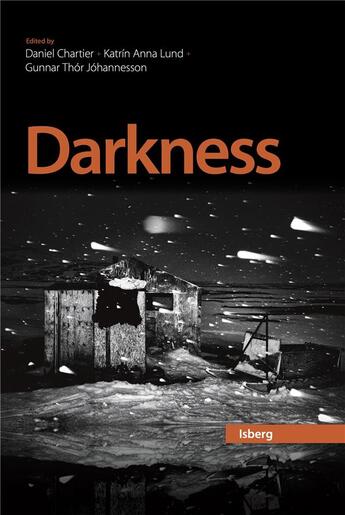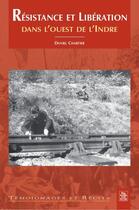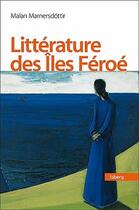-
Date de parution : 27/01/2022
-
Editeur :
Pu De Quebec
-
EAN : 9782923385426
-
Série :
(-)
-
Support :
Papier
Résumé:
Defining darkness can be an impossible exercise to explain absence, nothingness, and the absolute all at once. Darkness falls within a system of symbolic values where colours are ascribed to meanings that are related to one another. The relationship between darkness and the North is as ancient... Voir plus
Defining darkness can be an impossible exercise to explain absence, nothingness, and the absolute all at once. Darkness falls within a system of symbolic values where colours are ascribed to meanings that are related to one another. The relationship between darkness and the North is as ancient as that between the North and whiteness. The circumpolar day-night cycle, alternating between summer and winter, introduces the idea of a duality, between blinding brightness and everlasting night. The ten chapters of this book explore the dynamics of darkness in social science, humanities and art, and attest to the diverse range of contributions by the various authors and their disciplinary and cultural perspectives. Together, they shed light on the meaning and use of darkness, its position and role in the worldview of cultures, the scientific struggle with darkness, and not least the effects of this interplay on people's lives and their understanding of self and other.
With chapters by Judy Spark, Katrin Anna Lund and Gunnar Thor Johannesson, Toby Heys, Diego Gomez-Venegas and Barbara Bielitz, Johannes Dagsson, Paul Landon, Christiane Lahaie, Batia Boe Stolar and Monique Durand, and an introduction by Daniel Chartier, Katrin Anna Lund and Gunnar Thor Johannesson.
This book is co-published by the International Laboratory for Research on Images of the North, Winter and the Arctic at the Université du Québec à Montréal and the Land- og ferðama lafræðistofa / Research Centre in Geography and Tourism at the University of Iceland.
Donner votre avis
















